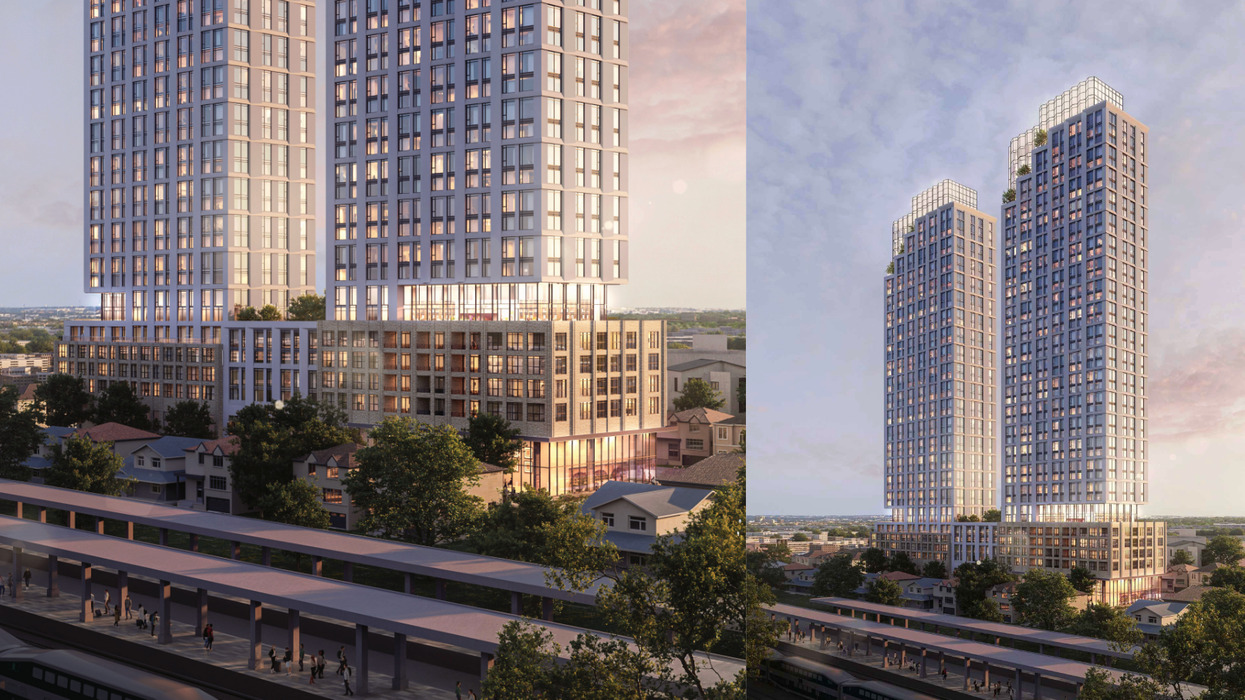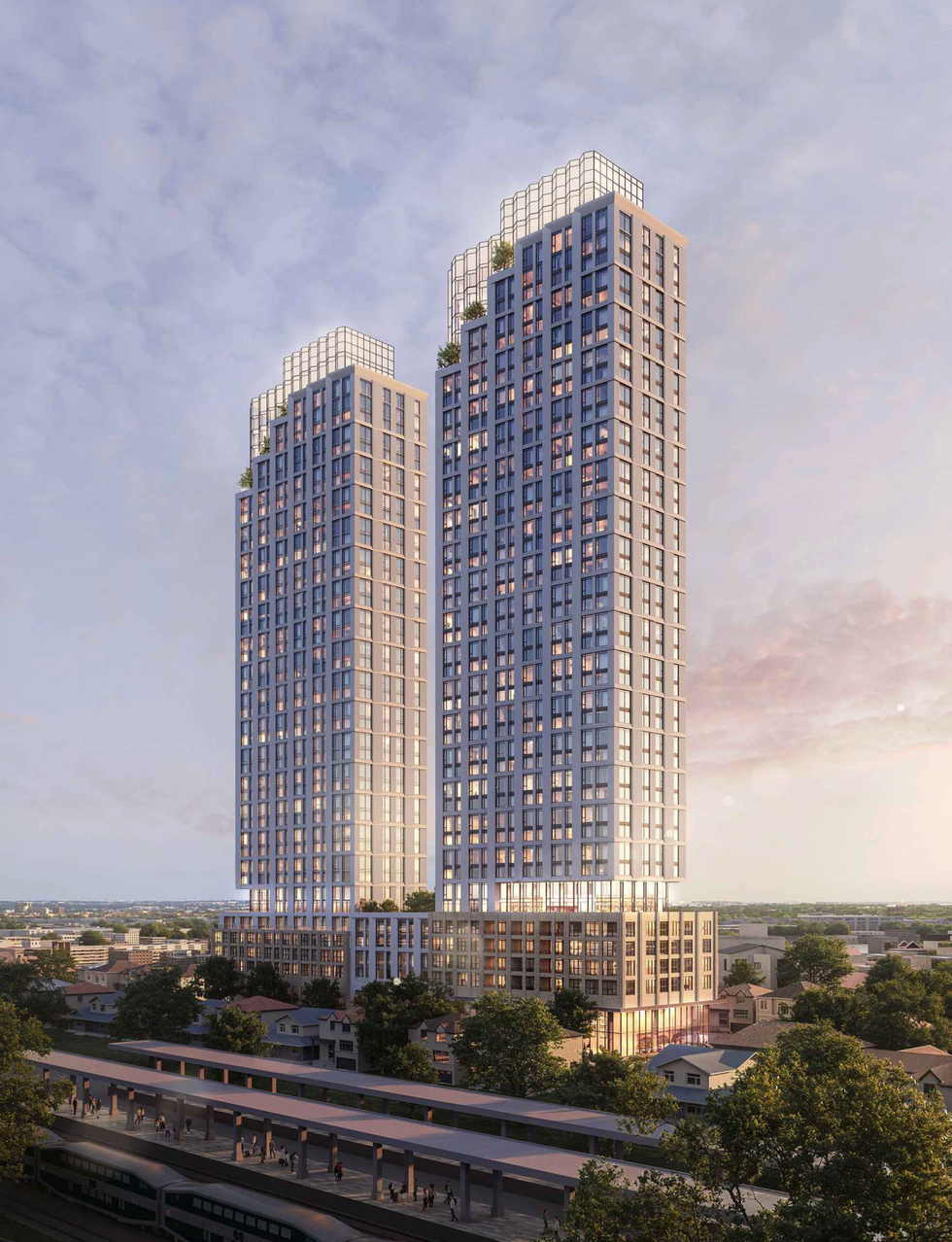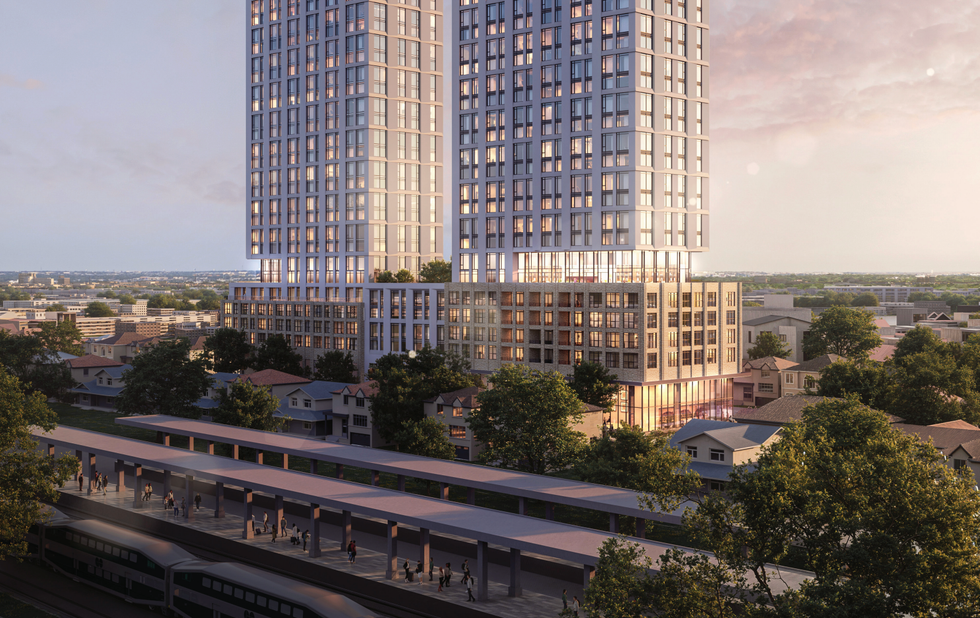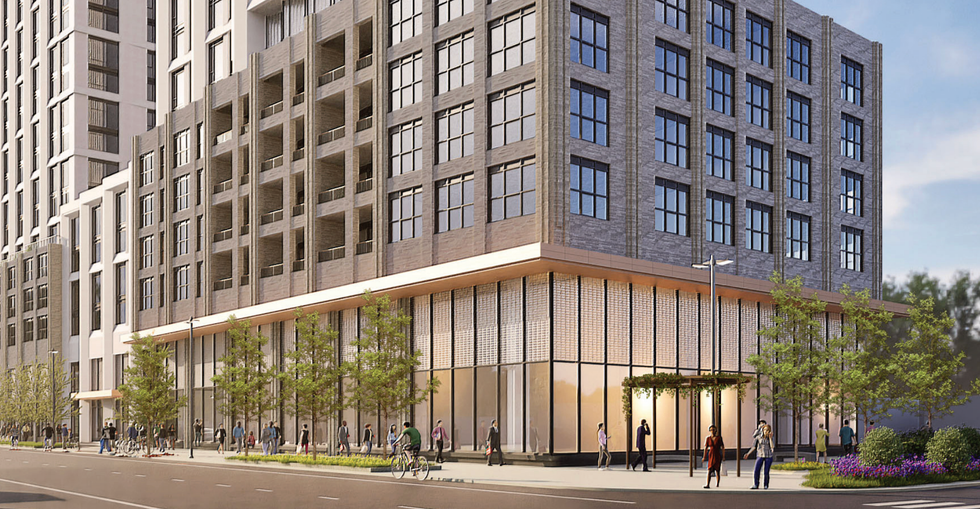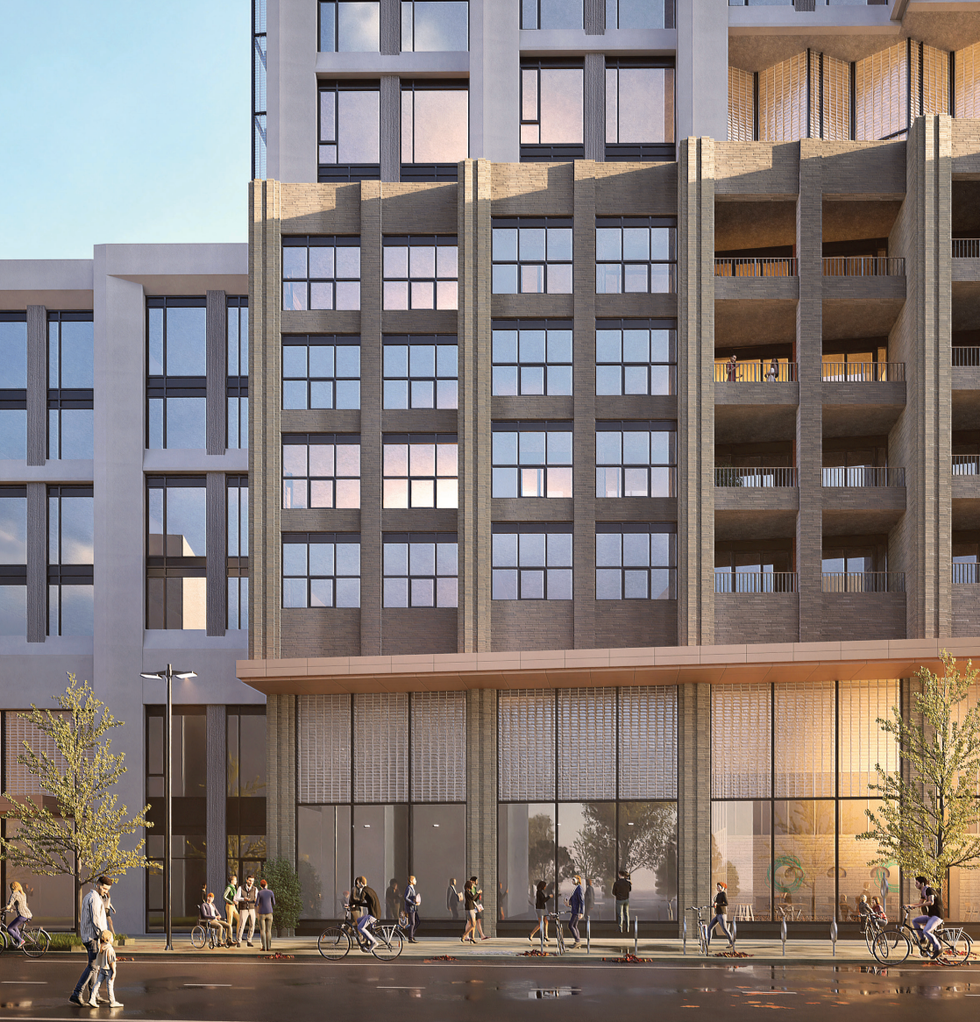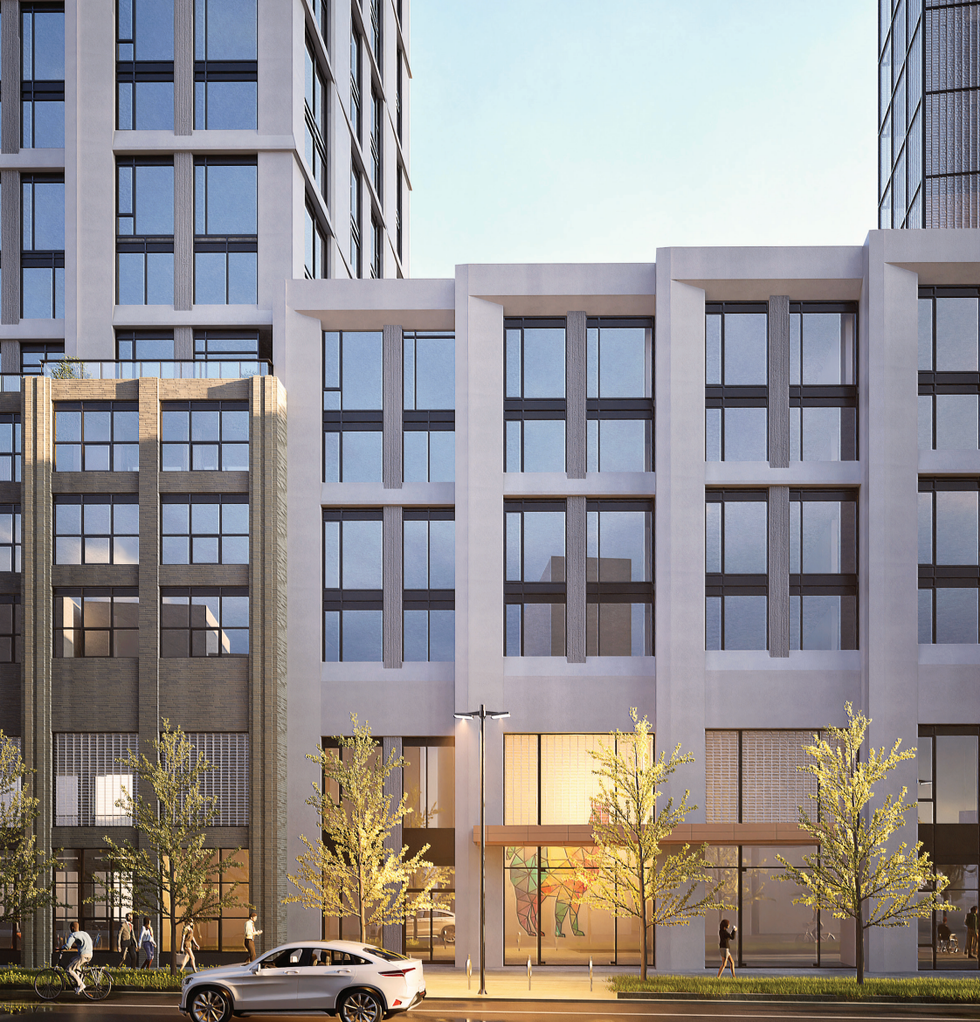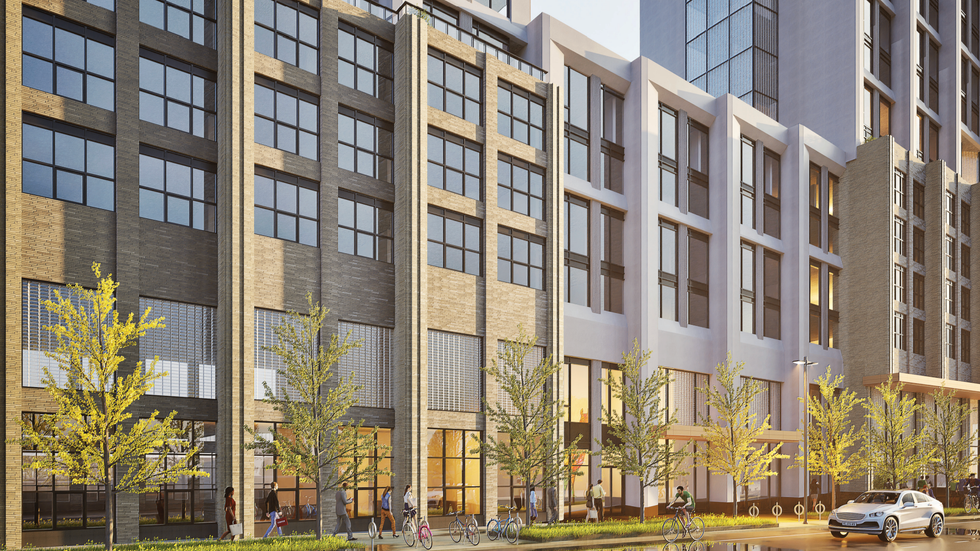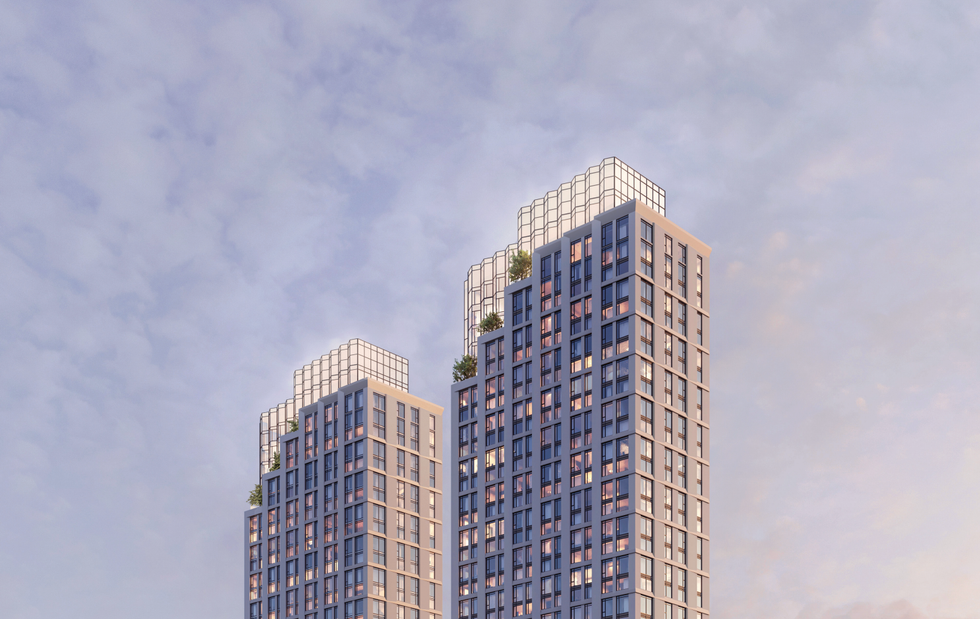Occupancy Permit
Learn what an occupancy permit is in Canadian real estate, when it’s needed, and how it certifies that a new or renovated home is safe to occupy.

May 22, 2025
What is an Occupancy Permit?
An occupancy permit is a legal document issued by a municipal authority certifying that a newly constructed or renovated building complies with building codes and is safe for habitation.
Why Occupancy Permits Matter in Real Estate
In Canadian real estate, an occupancy permit is required before a buyer can legally move into a new home or condo unit. Builders must pass inspections for plumbing, electrical, fire safety, and structural compliance.
Key points include:- Issued after final inspection by city officials
- Required for new builds and major renovations
- May be needed before mortgage funding is released
In condo developments, interim occupancy may occur before full registration, allowing the buyer to move in while awaiting title transfer.
Understanding occupancy permits ensures buyers take possession legally and that properties meet municipal safety standards.
Example of Occupancy Permits in Action
The city inspector approves the new home’s final inspection, and the builder receives an occupancy permit, allowing the buyer to move in.
Key Takeaways
- Confirms a home is safe and code-compliant.
- Required before occupancy or closing.
- Involves municipal inspection.
- Common in new builds and condos.
- Ensures legal possession rights.
Related Terms
- Interim Occupancy
- Building Permit
- New Construction
- Final Inspection
- Municipal Compliance
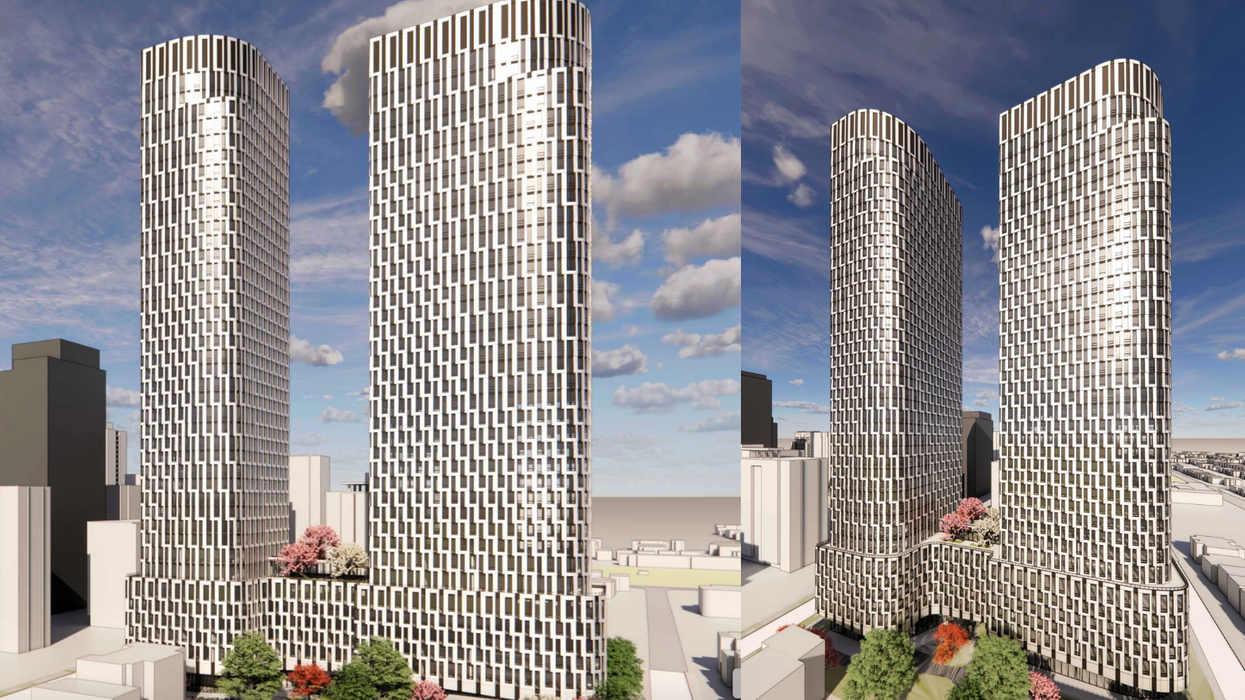
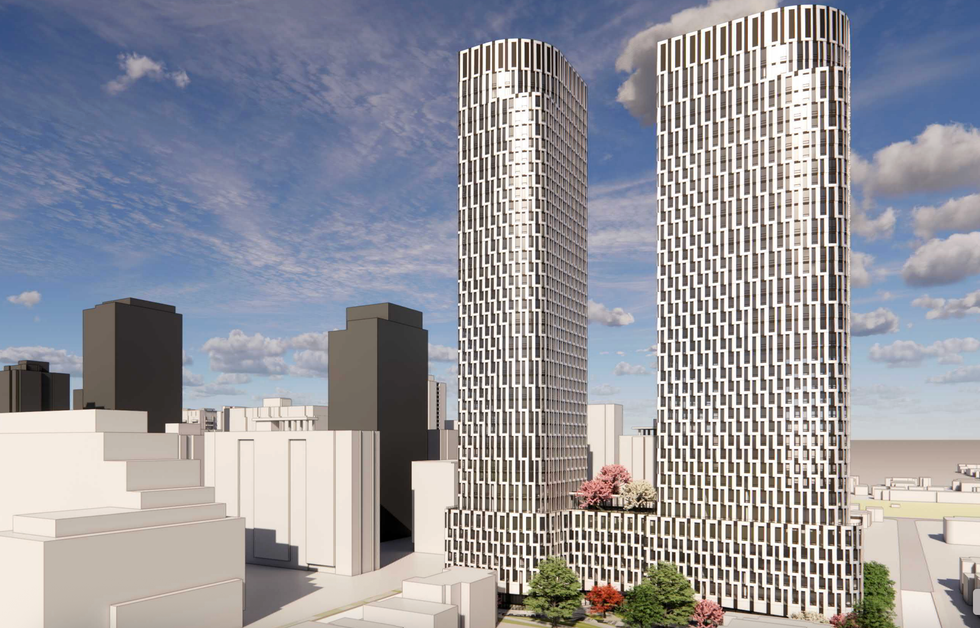

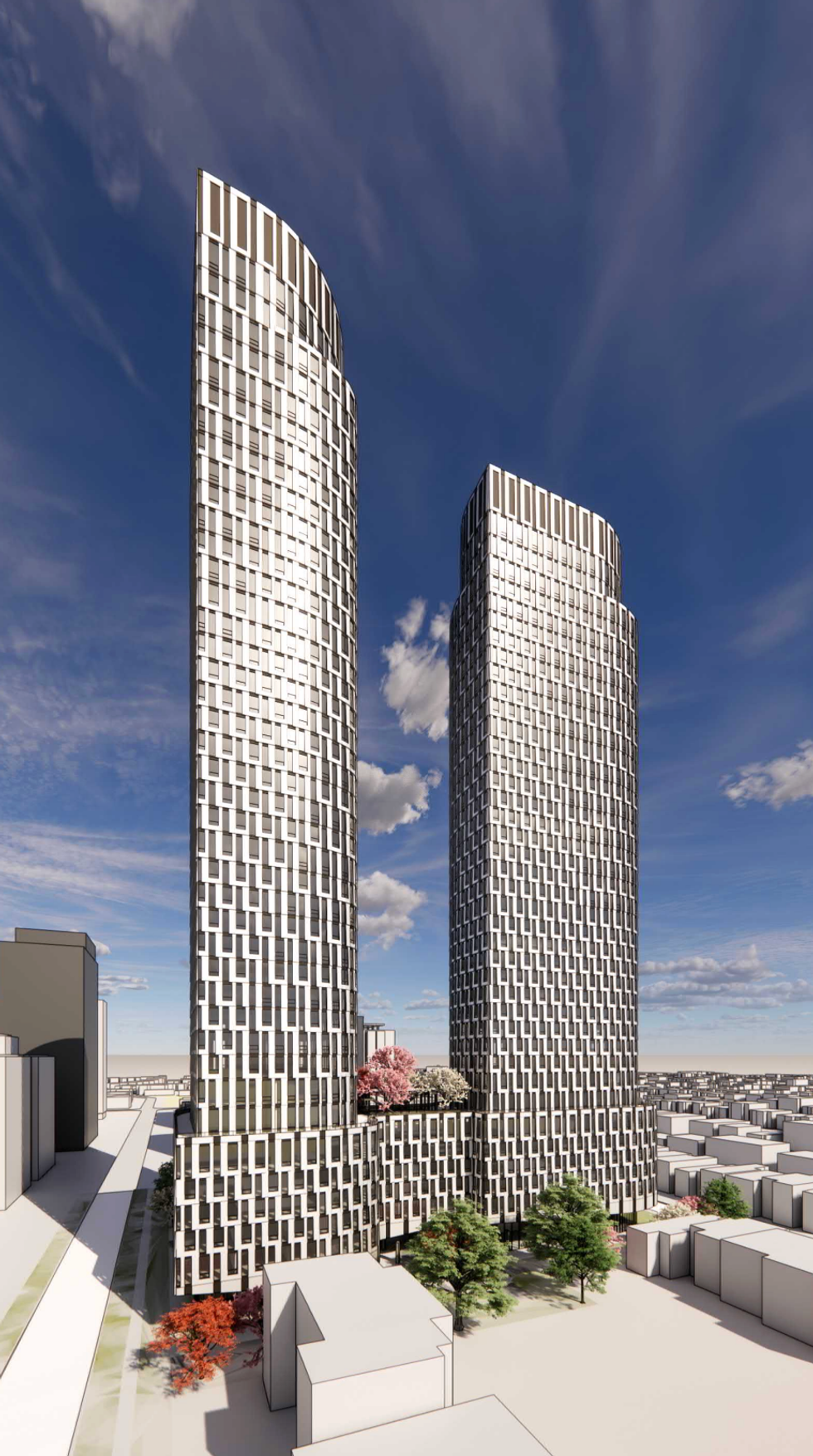
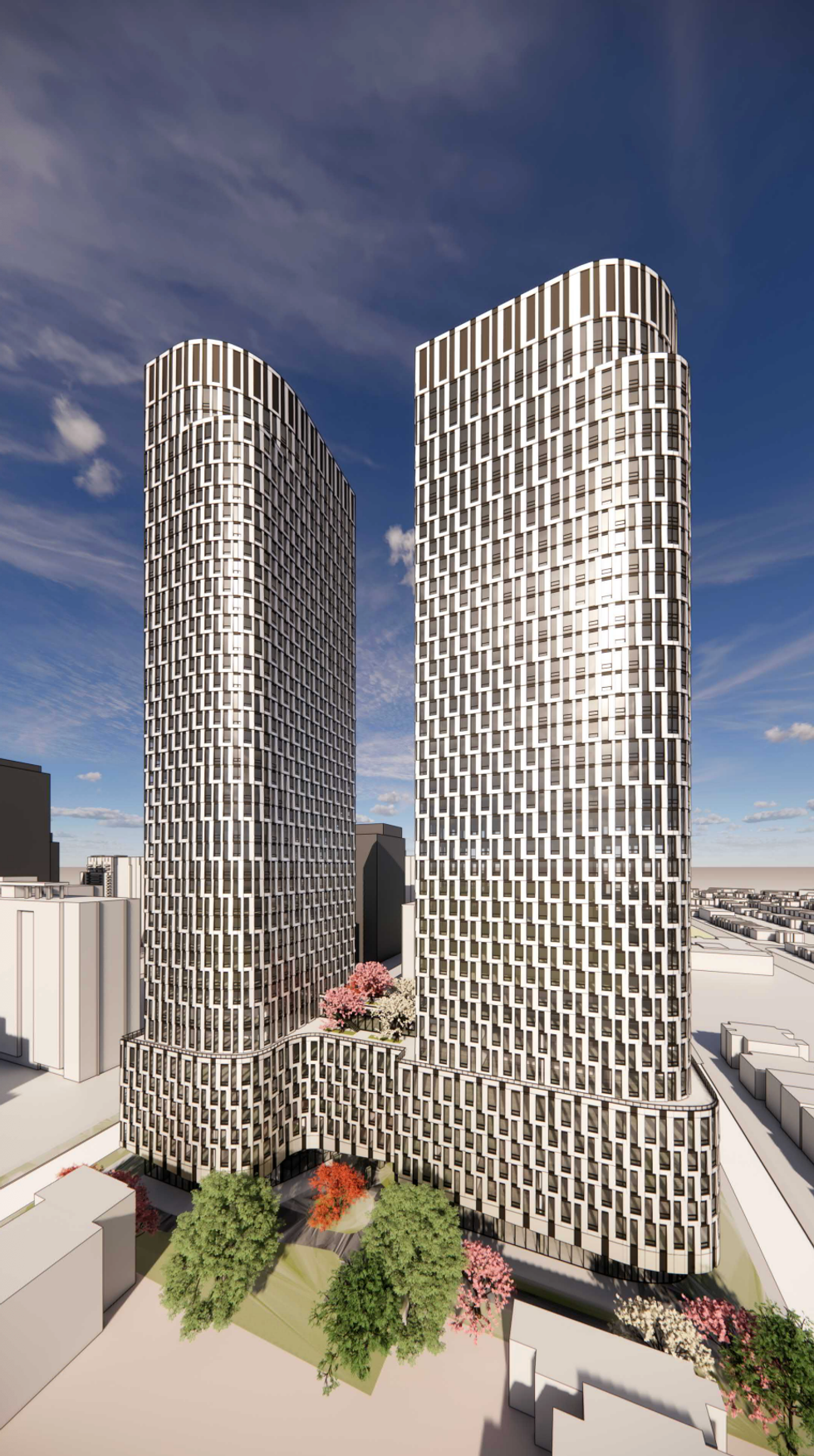
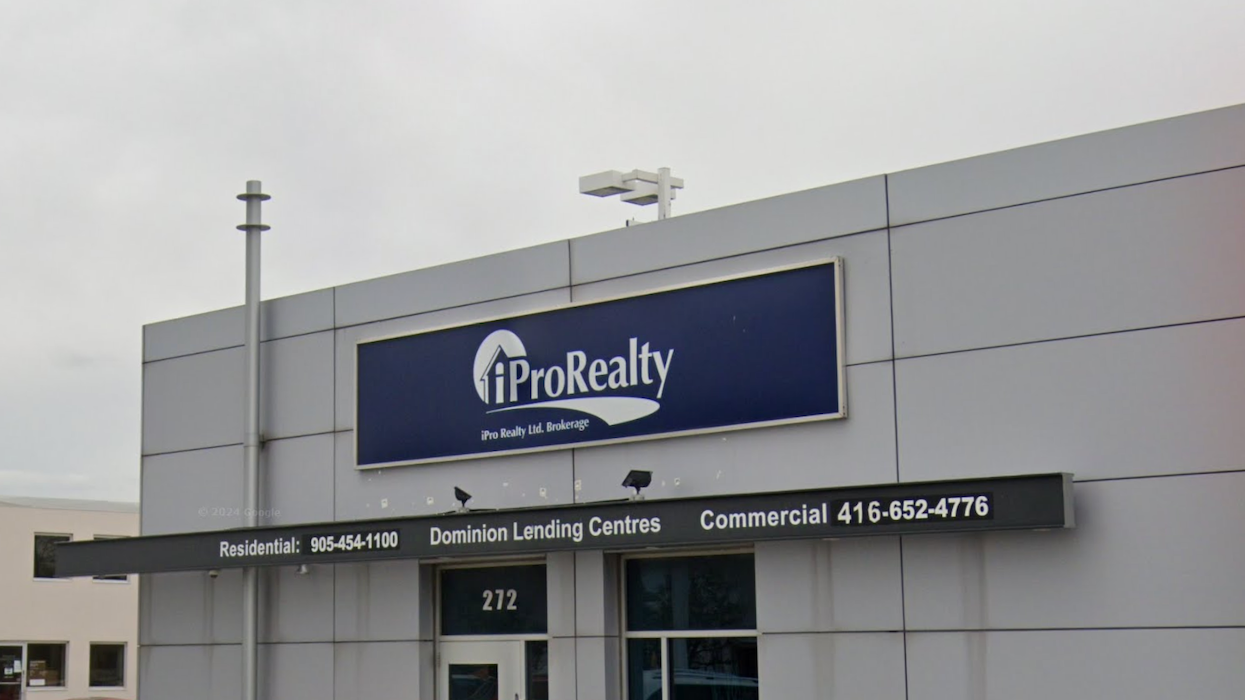

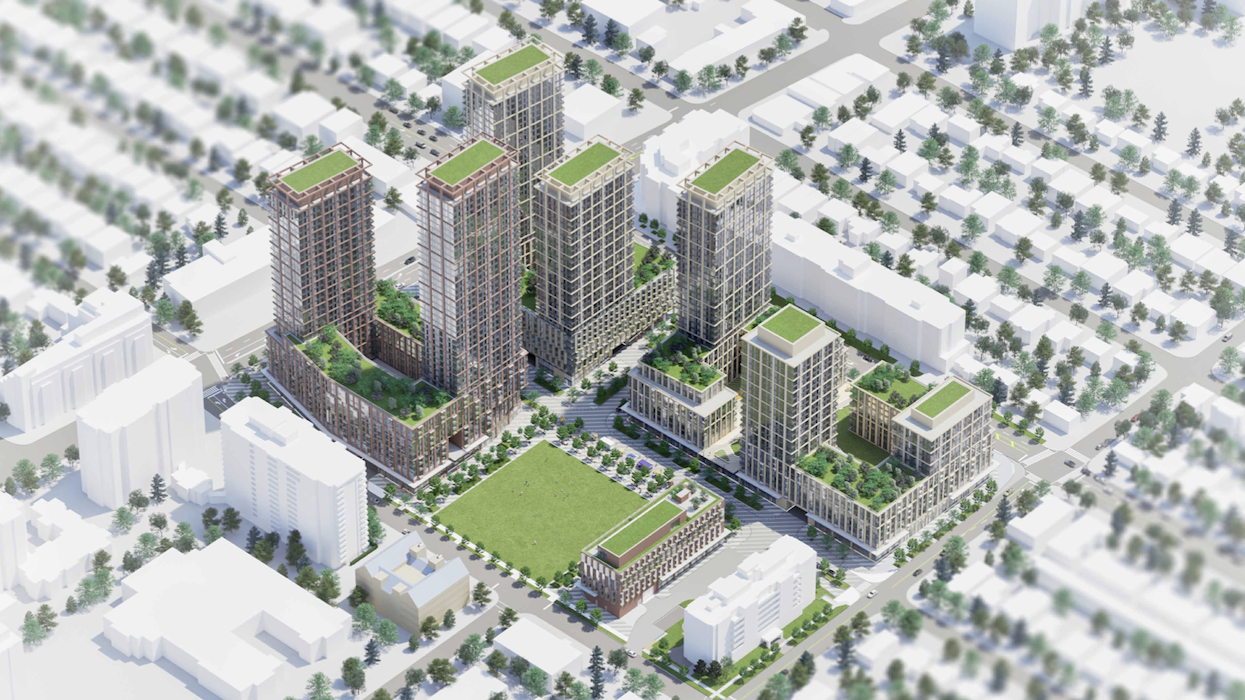
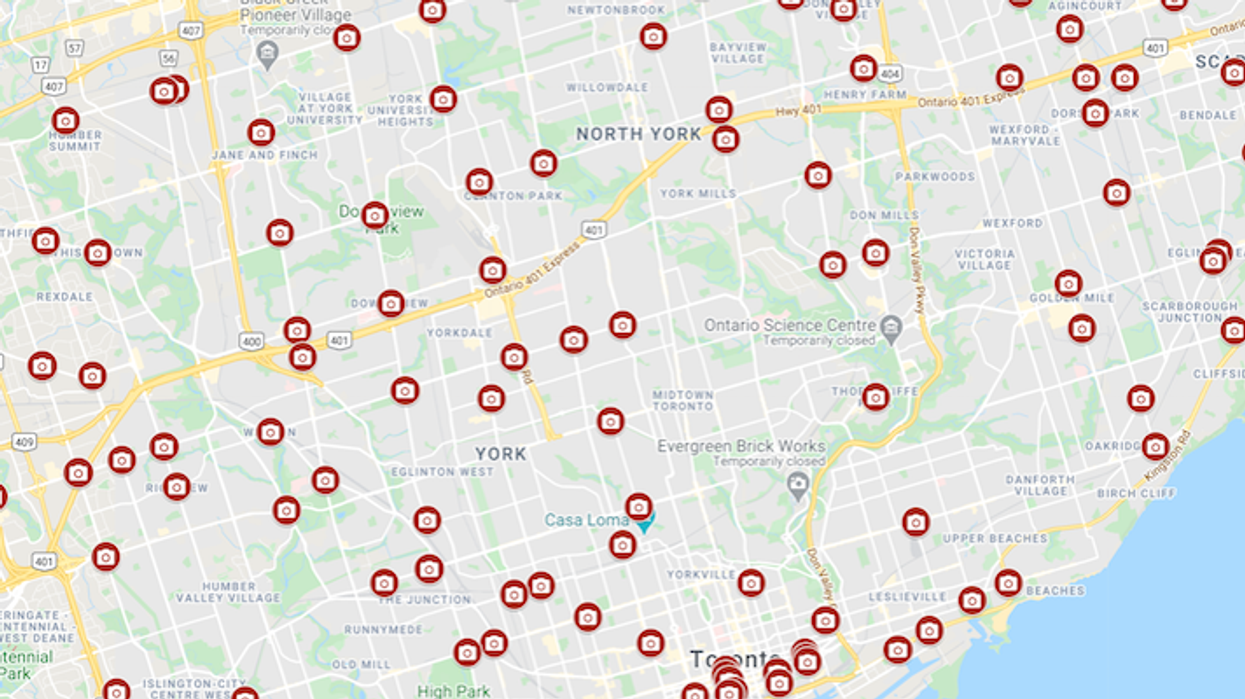
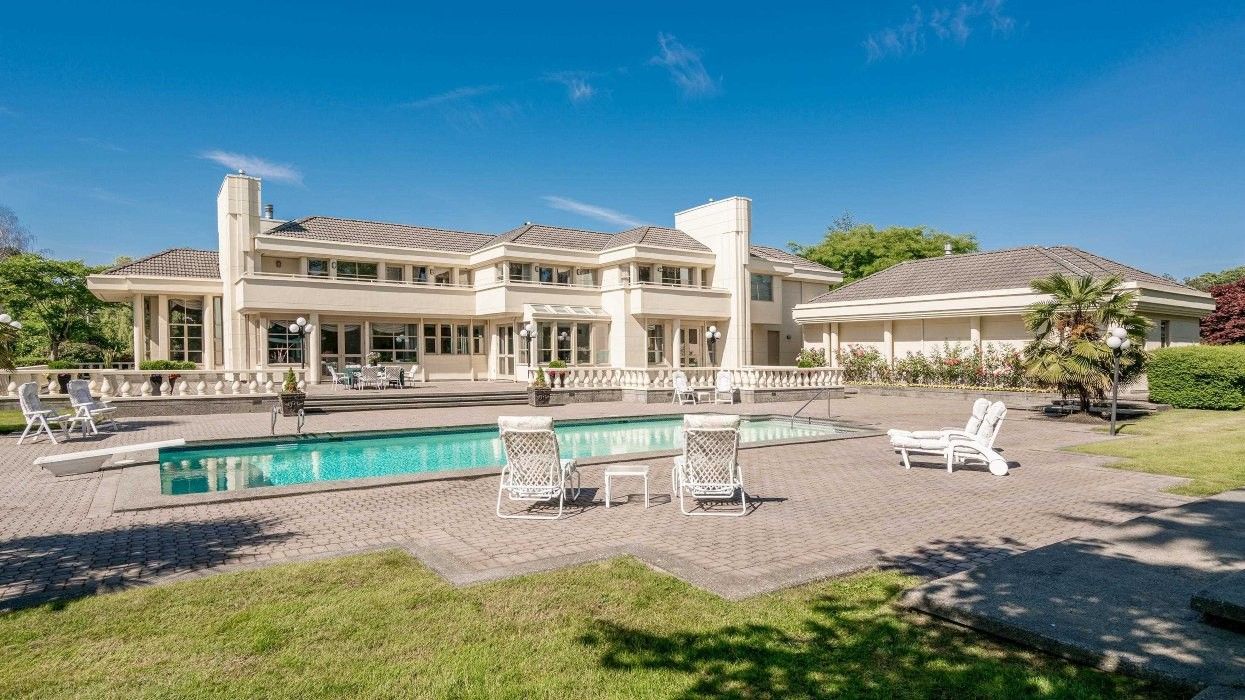
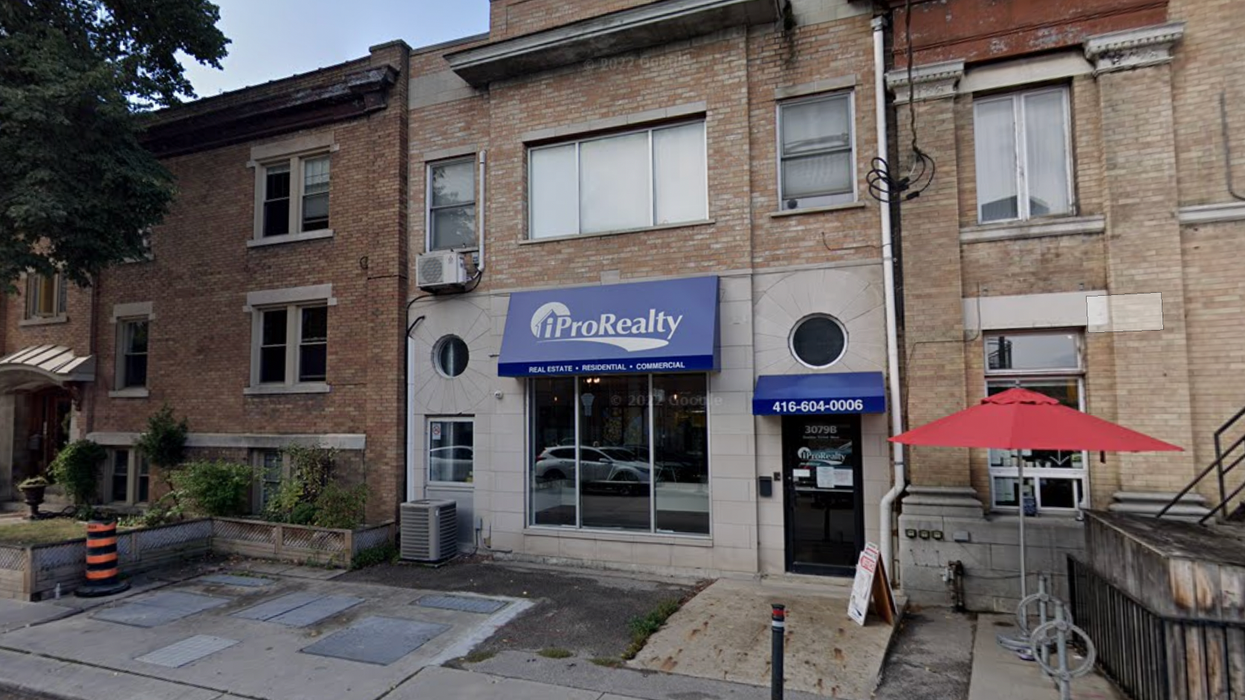

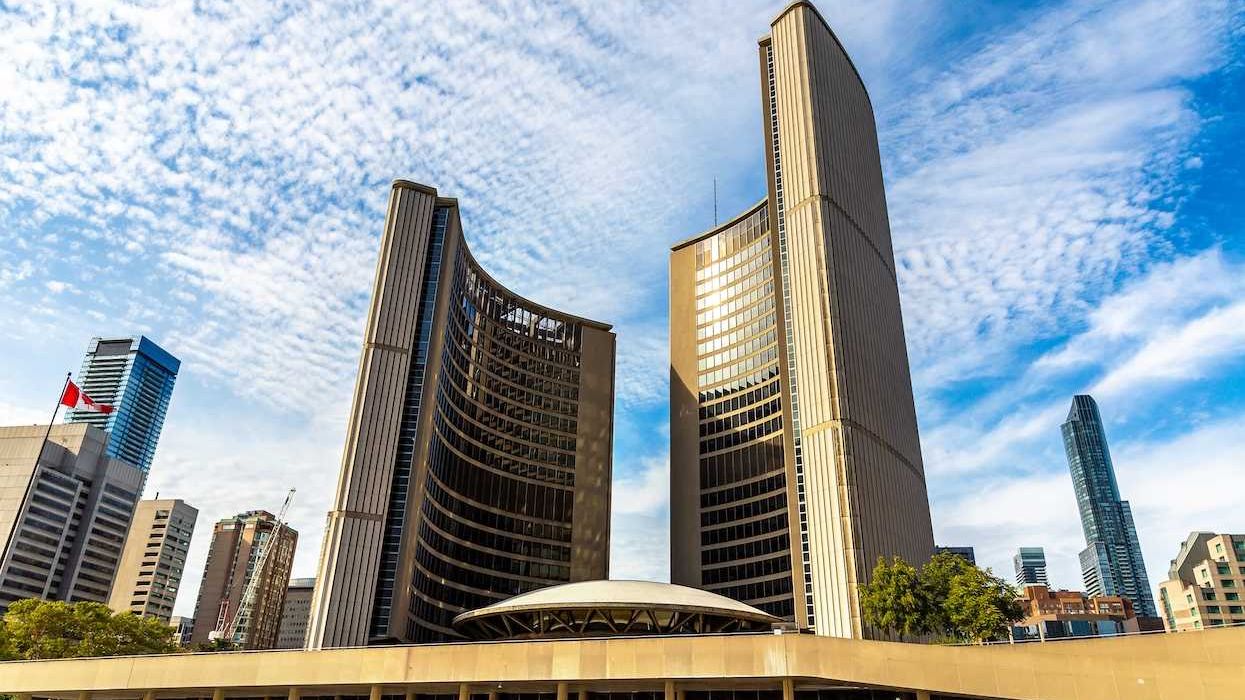
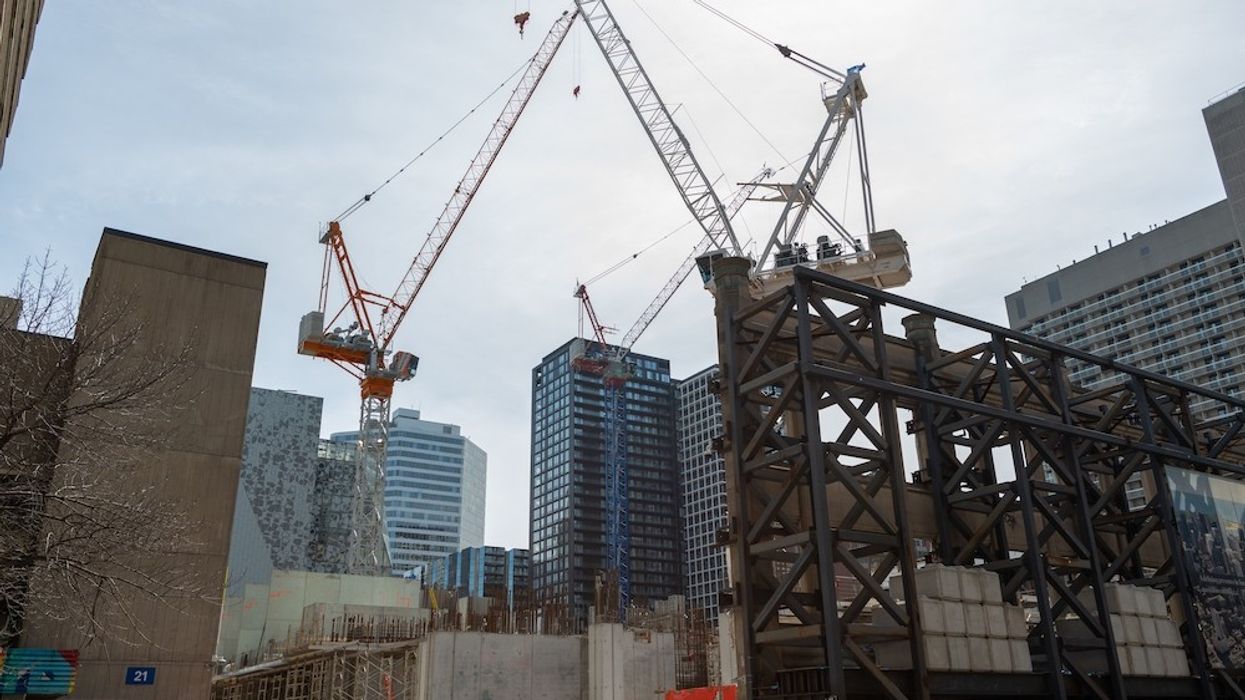
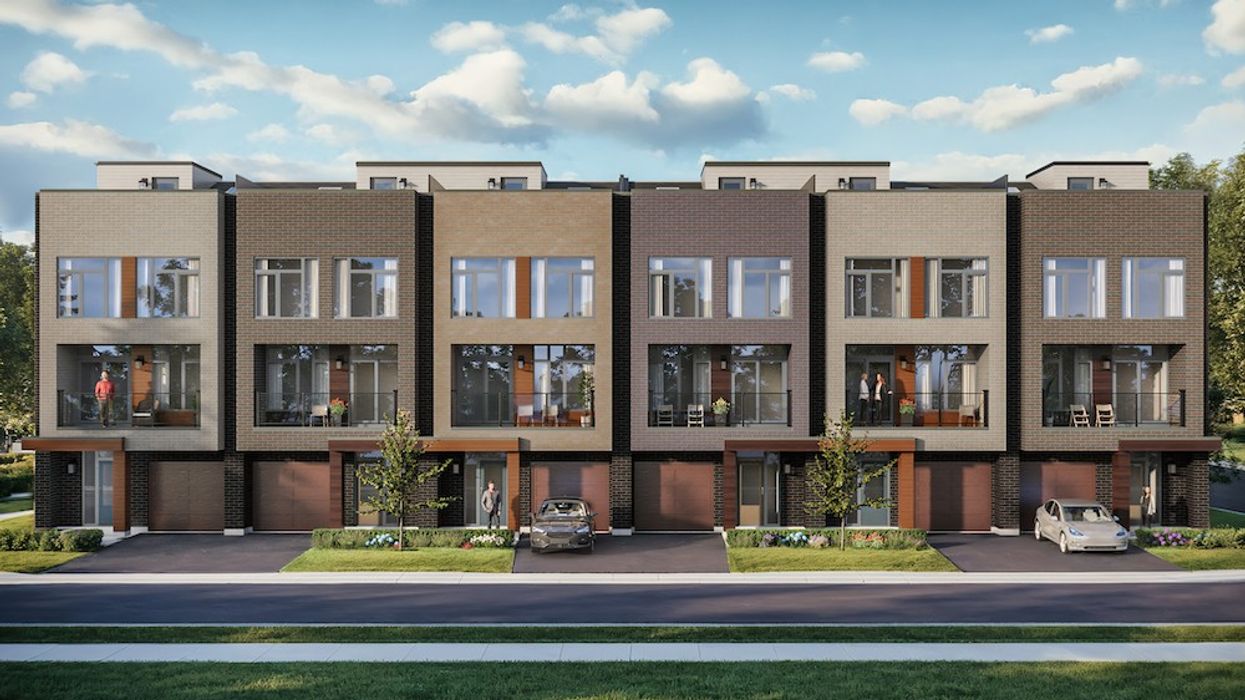
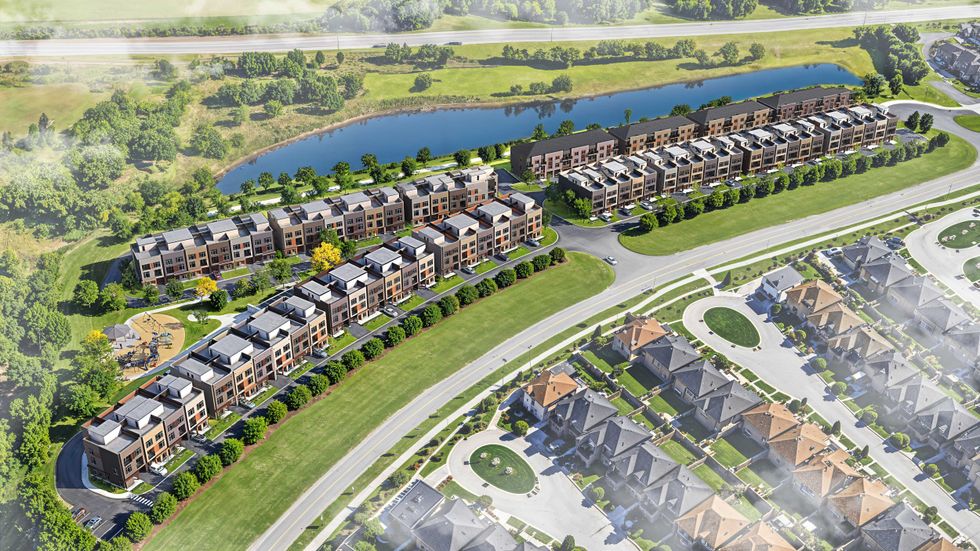 Camcos Living
Camcos Living Shutterstock
Shutterstock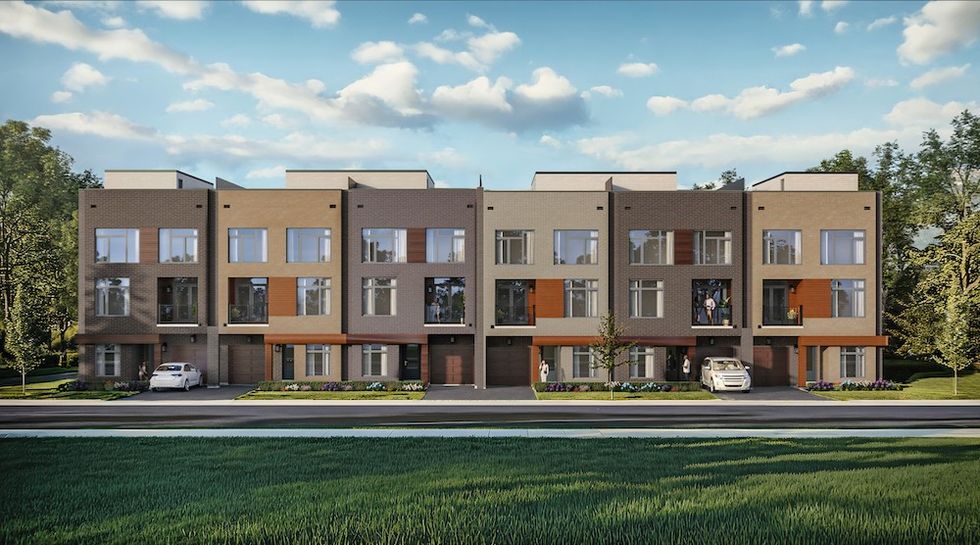 Little Rouge Block G/Camcos
Little Rouge Block G/Camcos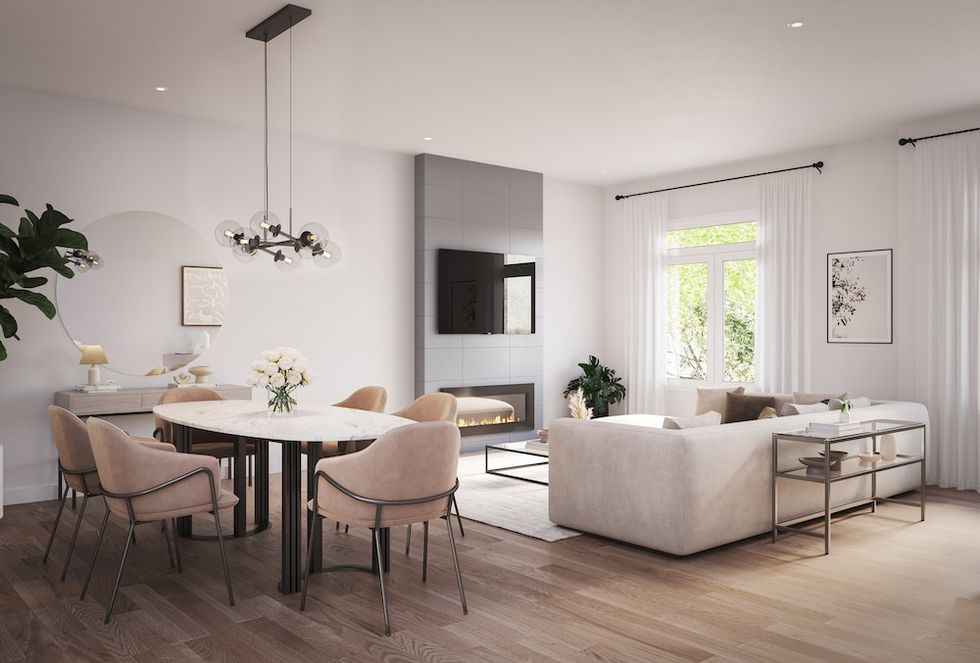 Camcos Living
Camcos Living Camcos Living
Camcos Living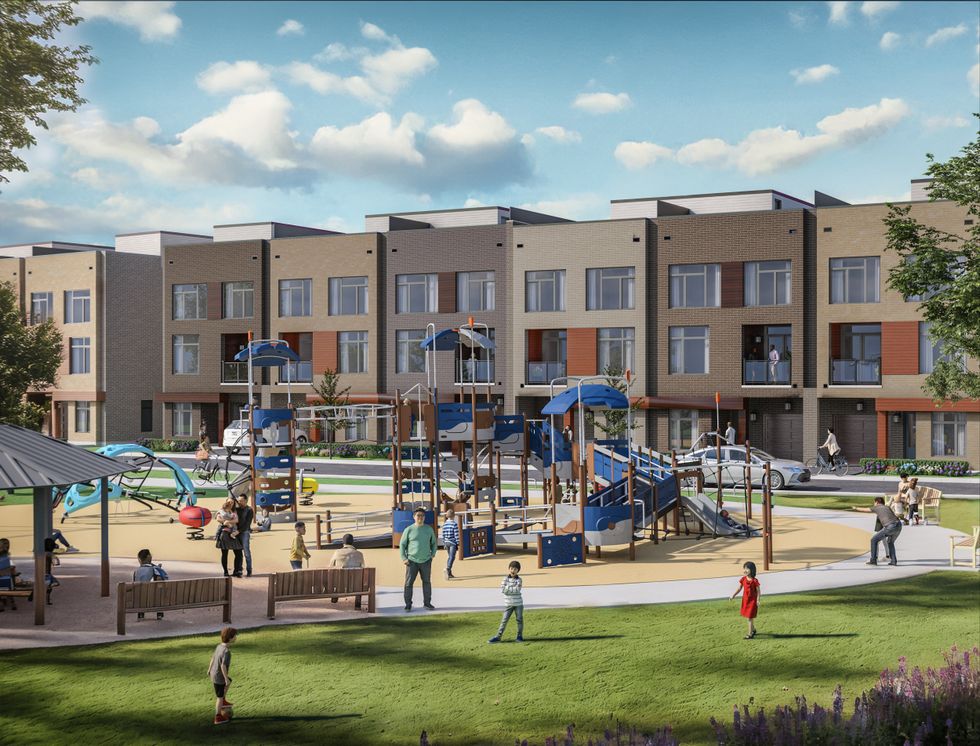 Camcos
Camcos
